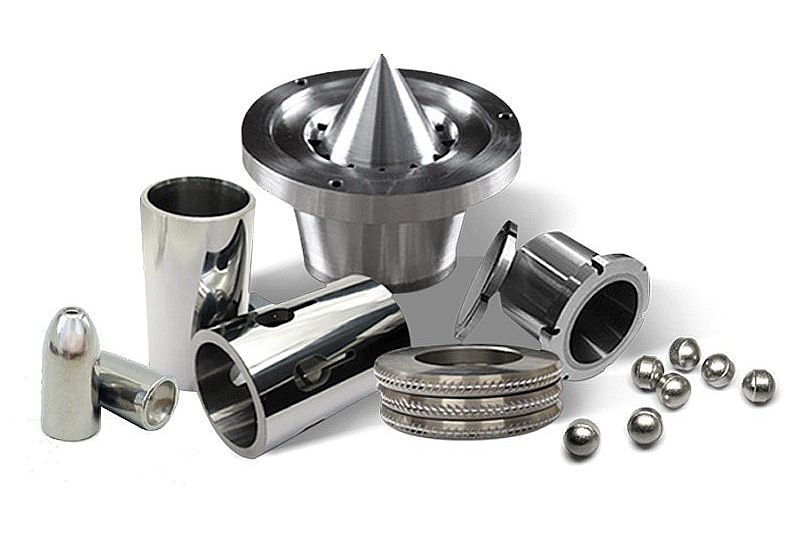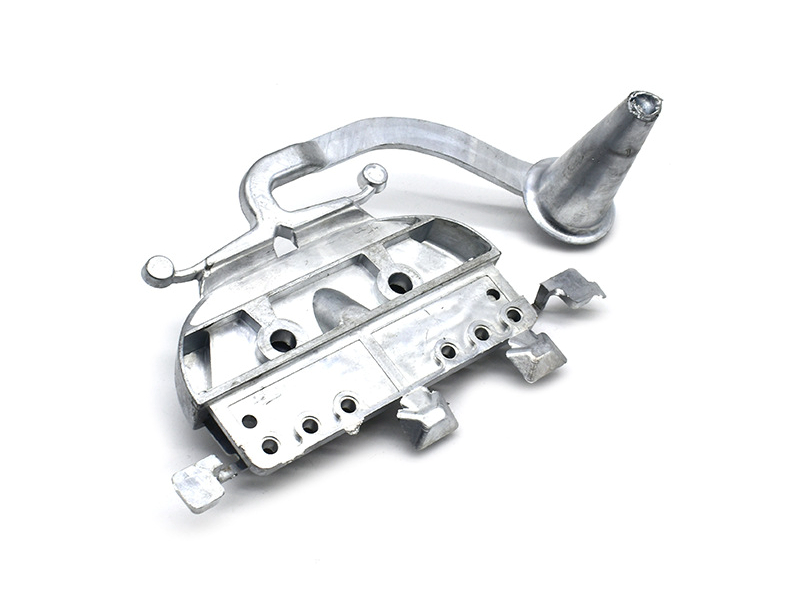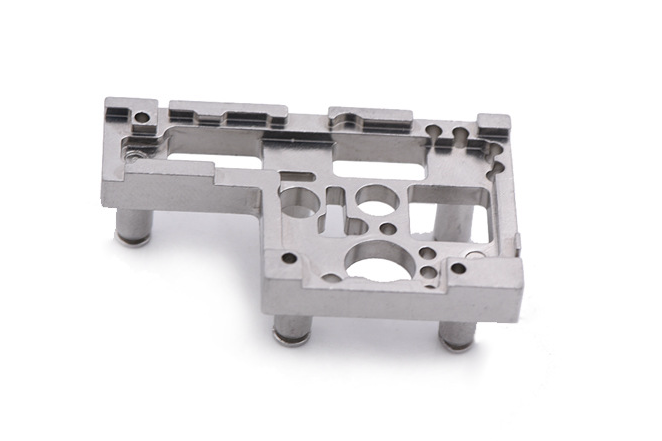What environmental factors must be prioritized in 5G AAU thermal design?
For 5G AAU systems, thermal design must respond to extreme and variable outdoor environments to ensure stable signal transmission and long-term reliability. From an engineering perspective, the thermal model must include not only heat dissipation performance but also environmental stress—such as temperature cycling, humidity, UV exposure, and air pollution. Materials and processes must withstand these factors in the long term, which is why ceramic injection molding is increasingly adopted for high-precision RF housings, heat spreaders, and dielectric components in telecommunications equipment.
Temperature Cycles and High Heat Density
5G AAU devices often operate under fluctuating temperatures ranging from –40°C to +65°C. This cycling causes expansion and contraction that can lead to micro-cracking or performance drift. Ceramic materials such as zirconia and alumina have low thermal expansion and excellent thermal stability, making them suitable for substrates and heat spreaders. When using complex geometries, ceramic injection molding enables thin-wall precision components that enhance heat conduction while preserving dielectric consistency.
UV, Moisture, and Corrosion Protection
AAU equipment is continuously exposed to sunlight, humidity, rain, and corrosive particles. Metal housings produced by aluminum die casting may require additional protective layers such as anodizing or painting. Ceramic components inherently resist corrosion and UV degradation, reducing maintenance requirements. For plastic connectors or sealing components, weather-resistant PEEK or nylon via injection molding is commonly used with surface treatments such as Teflon coating to enhance protection.
Humidity, Condensation, and Sealing Design
Moisture ingress affects RF signal stability and may cause component corrosion. AAU enclosures often require airtight sections combined with durable sealing materials. Housing prototypes are initially validated through prototyping and refined through CNC machining to ensure sealing grooves and fit accuracy. Ceramic dielectric components produced by silicon nitride CIM maintain microwave performance even under high humidity, making them suitable for radome inserts and antenna feed structures.
Particulate Pollution and Thermal Flow
Dust and pollutants can obstruct airflow and heat paths. 5G AAU designs must consider filtration geometry and airflow channels shaped through sheet metal fabrication or 3D printing prototyping. Surface roughness must be controlled, which can be achieved via tumbling or sandblasting to maintain airflow efficiency and prevent heat buildup inside AAU enclosures.
Mechanical Stability and Material Integration
RF modules, mounting brackets, and dielectric parts must balance stiffness and heat dissipation. Structural supports may use stainless steel precision casting, while ceramic components support signal transmission. Multi-material integration can be achieved through overmolding or insert molding, which allow ceramics to be encapsulated within plastic housings without introducing thermal stress or warpage.



